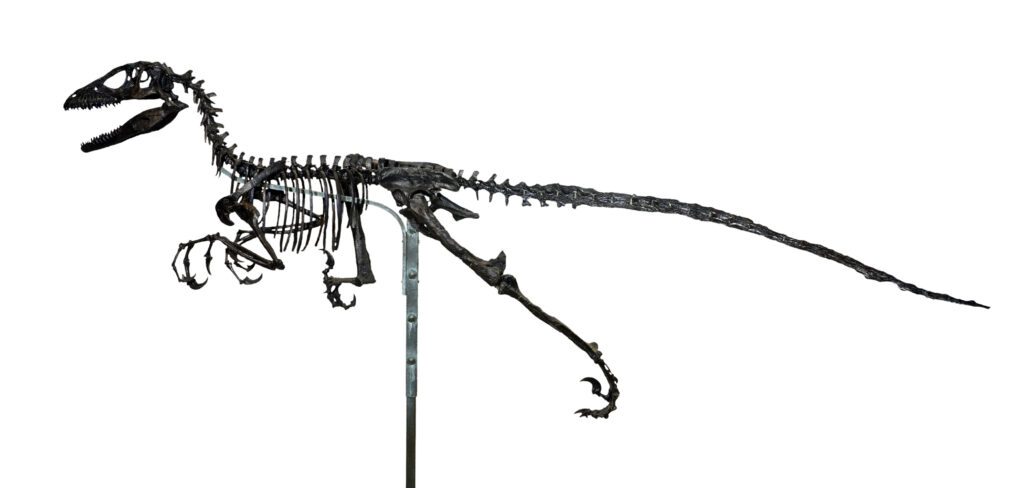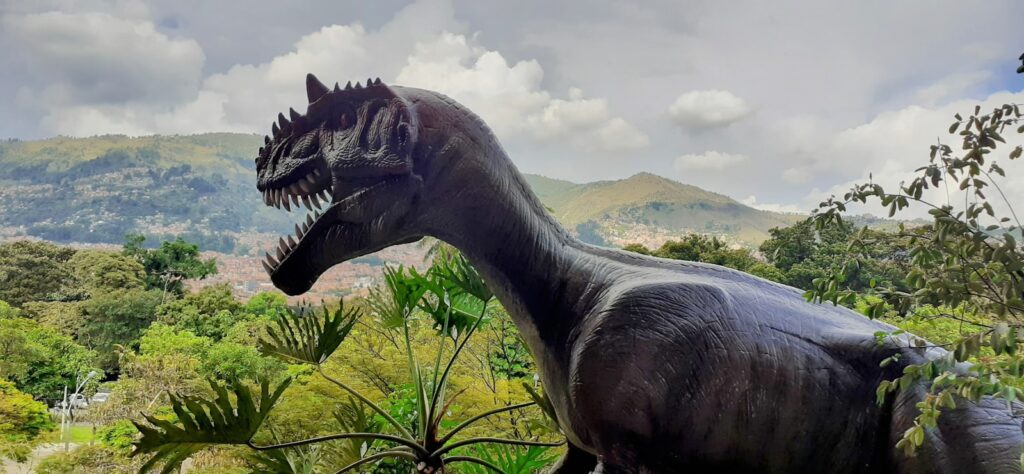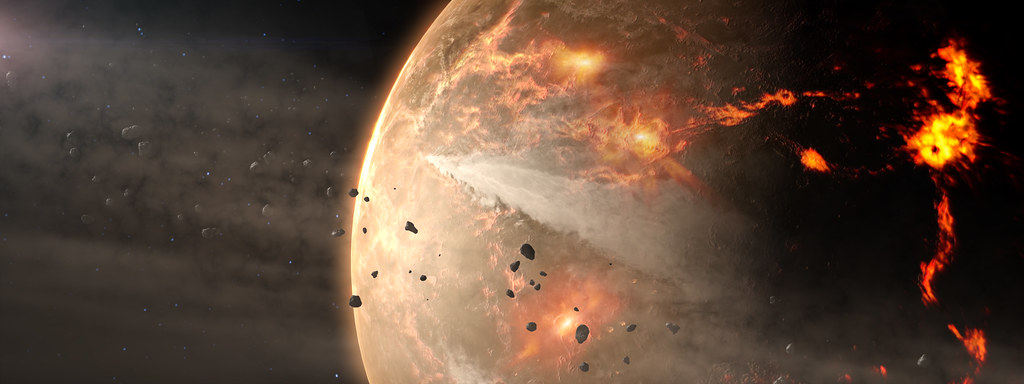Ever since the first dinosaur bones were discovered centuries ago, these ancient giants have captured our imagination and sparked countless debates about how they lived, moved, and behaved. For centuries, people throughout the world have discovered amazing fossilized bones and footprints. Early finds inspired legends and fairy tales, as people imagined that these bones belonged to giants or huge monsters. But what started as fantastical stories has evolved into rigorous scientific investigation, revealing surprising truths about dinosaur movement that challenge many long-held assumptions and popular myths.
The Great Posture Paradigm Shift

One of the big changes in dinosaur depictions since then has been our knowledge of their posture. Up until the 1970’s, it was standard fare for quadrupedal dinosaurs to be shown in a semi-sprawled posture with their tails dragging on the ground, and for bipeds to exhibit that upright kangaroo-style pose with the tail as a sort of third leg. This iconic image dominated museums, movies, and popular culture for decades, but it was fundamentally flawed.
The shift away from tail-dragging coincided with a broader reconceptualization of dinosaurs as active, dynamic creatures rather than cold-blooded, reptilian plodders. Evidence for higher metabolic rates, sophisticated social behaviors, and rapid growth patterns all painted a picture of dinosaurs that was fundamentally incompatible with the lethargic, tail-dragging image.
Modern paleontologists now understand that dinosaurs normally carried their backbones and hips parallel to the ground, with tails held out for balance and heads in an upright, alert pose. This revolutionary shift in understanding came from multiple lines of evidence, including biomechanical analysis and fossilized trackways that rarely showed tail-drag marks.
Trackways Don’t Lie – The Evidence in Stone
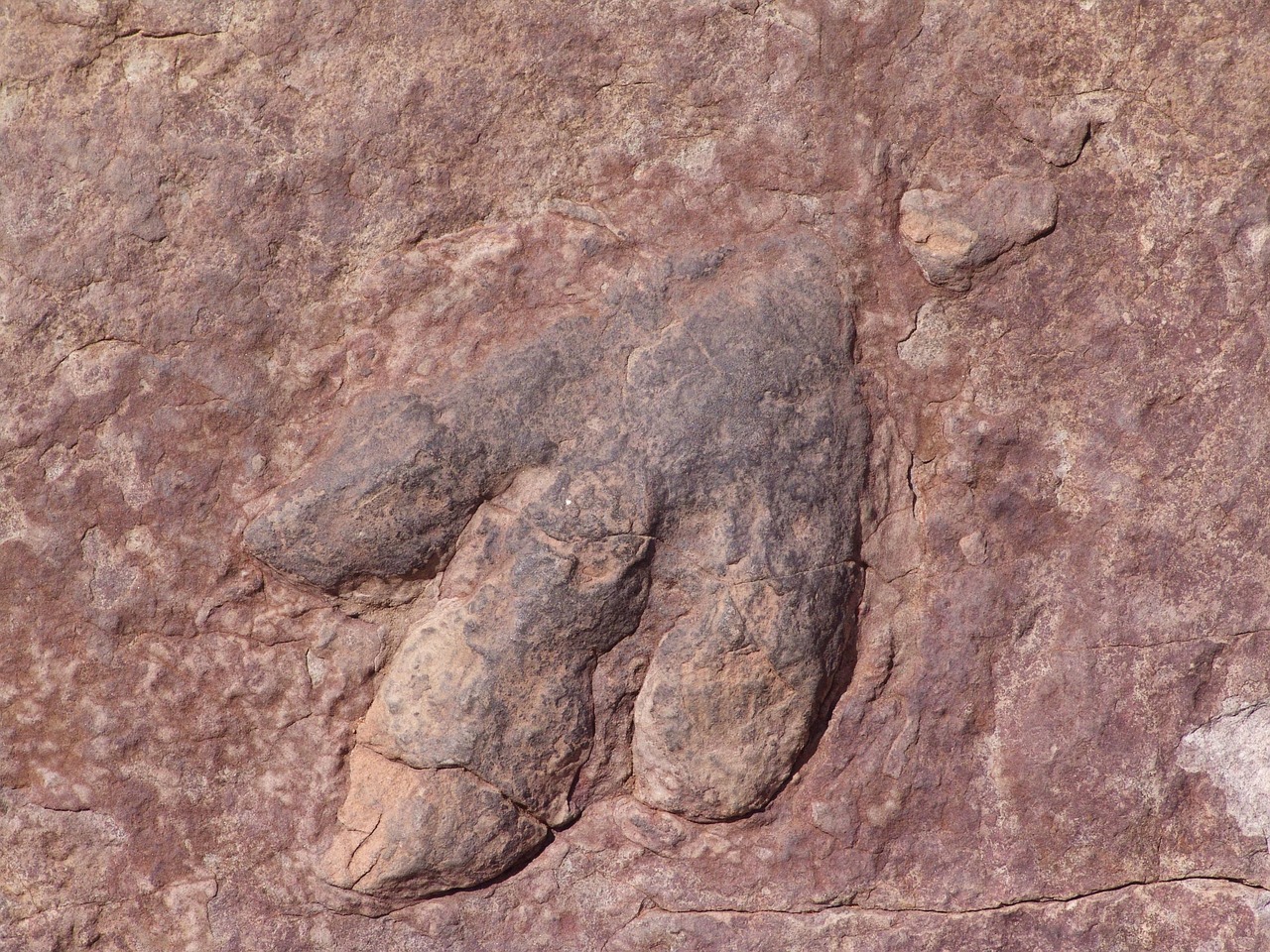
Ironically, evidence contradicting the tail-dragging hypothesis had existed since the early 20th century in the form of fossilized trackways. These preserved footprints and trails rarely showed signs of tail drag marks, suggesting that dinosaurs held their tails above the ground while walking. The clues were literally carved in stone, waiting for scientists to properly interpret them.
Dinosaur footprints reveal the size of the animal and how it walked: on two legs or four. The stride length can also be used to calculate how fast the dinosaur was moving. These fossilized highways tell remarkable stories about ancient behavior. The Ichnotaxa Fossil footprints have yielded information about dinosaurs locomotion, speed and length of stride, whether they walked on two or four legs, foot structure, and how the tail is carried (no tail tracks have been found, so tails were probably held erect).
Scientists have even discovered rare instances where dinosaur footprints show unusual behaviors. Interestingly, there is one set of footprints known that seems to show a theropod (one of the predatory dinosaurs) hopping. However, it is a single hop, and comes after a set of normal walking footprints. So, it appears that the hop the dinosaur made was unusual, rather than its normal way of moving.
The Myth of Sluggish Cold-Blooded Giants

After non-avian dinosaurs were discovered, paleontologists first posited that they were ectothermic. This was used to imply that the ancient dinosaurs were relatively slow, sluggish organisms, even though many modern reptiles are fast and light-footed despite relying on external sources of heat to regulate their body temperature. This assumption led to decades of misconceptions about dinosaur behavior and capabilities.
The reality is far more complex and fascinating. An emerging consensus among researchers is that, while different lineages of dinosaurs would have had different metabolisms, most of them had higher metabolic rates than other reptiles but lower than living birds and mammals, which is termed mesothermy by some. Rather than being sluggish lizard-like creatures, dinosaurs were likely active, dynamic animals with sophisticated behavioral repertoires.
This metabolic renaissance has completely transformed our understanding of dinosaur movement patterns and capabilities, revealing creatures that were far more athletic and agile than previously imagined.
Bipedal Brilliance – Walking on Two Legs
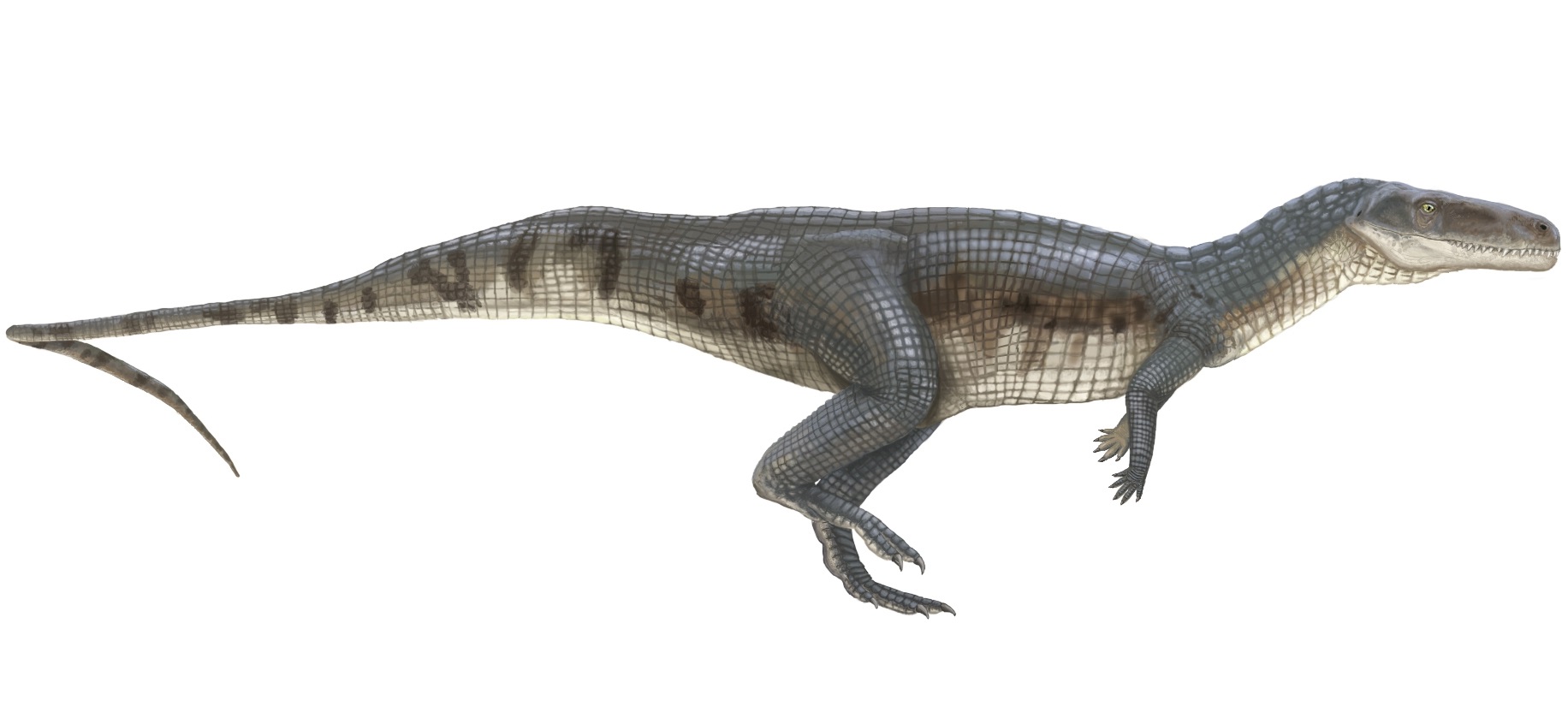
In the Triassic period some groups of archosaurs (a group that includes crocodiles and dinosaurs) developed bipedalism; among the dinosaurs, all the early forms and many later groups were habitual or exclusive bipeds; the birds are members of a clade of exclusively bipedal dinosaurs, the theropods. This evolutionary innovation was revolutionary and set dinosaurs apart from their contemporaries.
Archosaurian reptiles evolved a more erect posture and parasagittal gait early on. Early dinosaurs were the first habitual striding bipeds, a trait retained by living birds. The development of bipedalism wasn’t just about freeing up the forelimbs – it represented a fundamental reorganization of the entire body plan and movement strategy.
Fossil tracks made by non-avian theropod dinosaurs commonly reflect the habitual bipedal stance retained in living birds. The evidence shows that many dinosaur groups maintained this upright, two-legged locomotion throughout their evolutionary history, passing this trait down to their modern descendants – birds.
Arm Evolution – The Mystery of Shrinking Forelimbs

One of the most intriguing aspects of dinosaur evolution involves the dramatic changes in forelimb structure. My team’s research, which analysed how the length of each arm bone changed over time, shows that these dinosaurs lost their third finger in a separate process to the shortening of their arms. This goes against the idea that their arms were functionless. If their forelimbs shrunk because the oviraptorosaurs were not using them, their fingers and forelimbs should have become shorter at the same time.
My team’s new research shows that our initial assumption – that forelimb and digit reduction are caused by function loss in oviraptorosaurs – is probably wrong. Instead, arm-shrinking and finger loss seem to be caused by adaptation to a new environment and the adoption of a new function. This discovery challenges the common assumption that smaller arms meant useless arms.
The famous T. rex, with its seemingly tiny arms relative to its massive body, has long been the poster child for “useless” dinosaur limbs. However, modern research suggests these arms retained specific functions and weren’t simply evolutionary leftovers.
Muscle Power – Reconstructing Ancient Strength
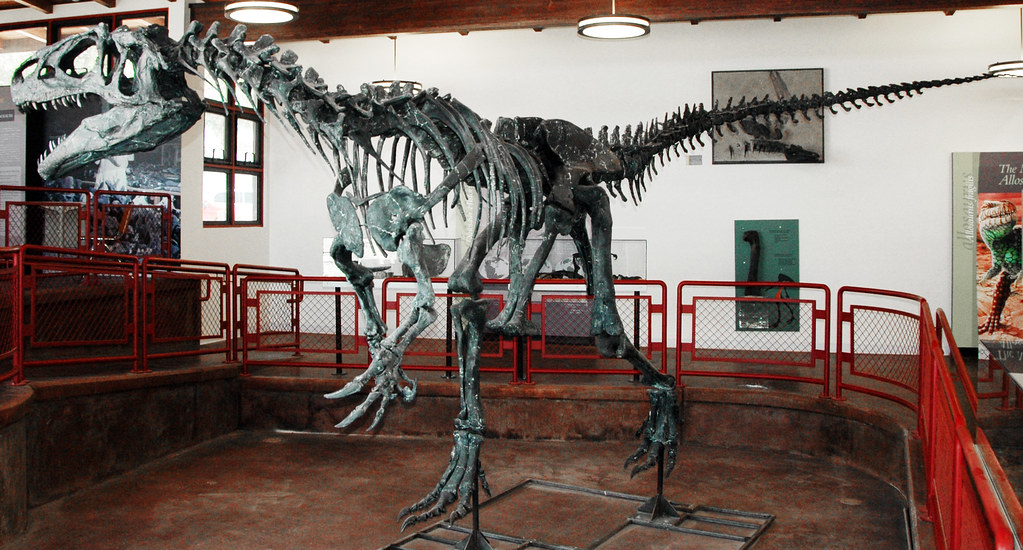
The ground-breaking study used 13 three-dimensional biomechanical computer models to reveal how the functions of 35 leg muscles in dinosaurs evolved over approximately 230 million years. This represents one of the most comprehensive attempts to understand how dinosaur muscle systems functioned and changed through time.
The researchers discovered that the ability of the hindlimb muscles to support and move the body changed drastically before and during the transition to birds. Hip muscles changed in complex ways but overall, facilitated the more crouched leg pose characteristic of birds (versus a relatively upright pose in early dinosaurs; similar to in humans).
Rough patches and flanges on bone can be used to reconstruct the positions of muscles, cartilage and ligaments. By studying these attachment points on fossil bones, paleontologists can essentially reverse-engineer the muscle systems that powered these ancient giants.
The Tail Tale – Balance, Not Dragging

Modern understanding recognizes that dinosaur tails served crucial functions that required elevation above the ground. For bipedal dinosaurs like Tyrannosaurus and Velociraptor, the tail acted as a dynamic counterbalance to the head and body, enabling agile movement and quick direction changes. The tail essentially functioned as a counterweight, with muscles actively adjusting its position to maintain balance during running and turning.
For quadrupedal dinosaurs like Diplodocus, the long tail likely served both as a counterbalance to the neck and as a defensive weapon. Far from being a useless appendage dragging behind them, dinosaur tails were sophisticated biological instruments crucial for movement and survival.
Computer simulations have demonstrated that tail-dragging would have severely compromised these functions, increasing energy expenditure and reducing maneuverability. The physics simply don’t support the old tail-dragging model.
Modern Technology Reveals Ancient Secrets

Advanced imaging technology, such as CT scans, allow paleontologists to see the three-dimensional structure of fossils, often without having to remove the matrix. Paleontologists incorporate the research of biomechanics, applying the principles of both physics and engineering to reconstruct the biological movement of non-avian dinosaurs.
The CT scans produce perfect virtual models of the bones, which can then be subjected to testing in ways that would be impossible with a fragile or cumbersome fossil. By importing the virtual models into different computer programmes, dinosaur skeletons can be clothed in muscle, subjected to forces generated by walking, running and feeding. They can also be tested to destruction in ways that no worthy museum curator would permit on the original bones themselves.
These technological advances have revolutionized paleontology, allowing scientists to conduct experiments that would have been impossible just decades ago.
Hip Joints Hold the Key
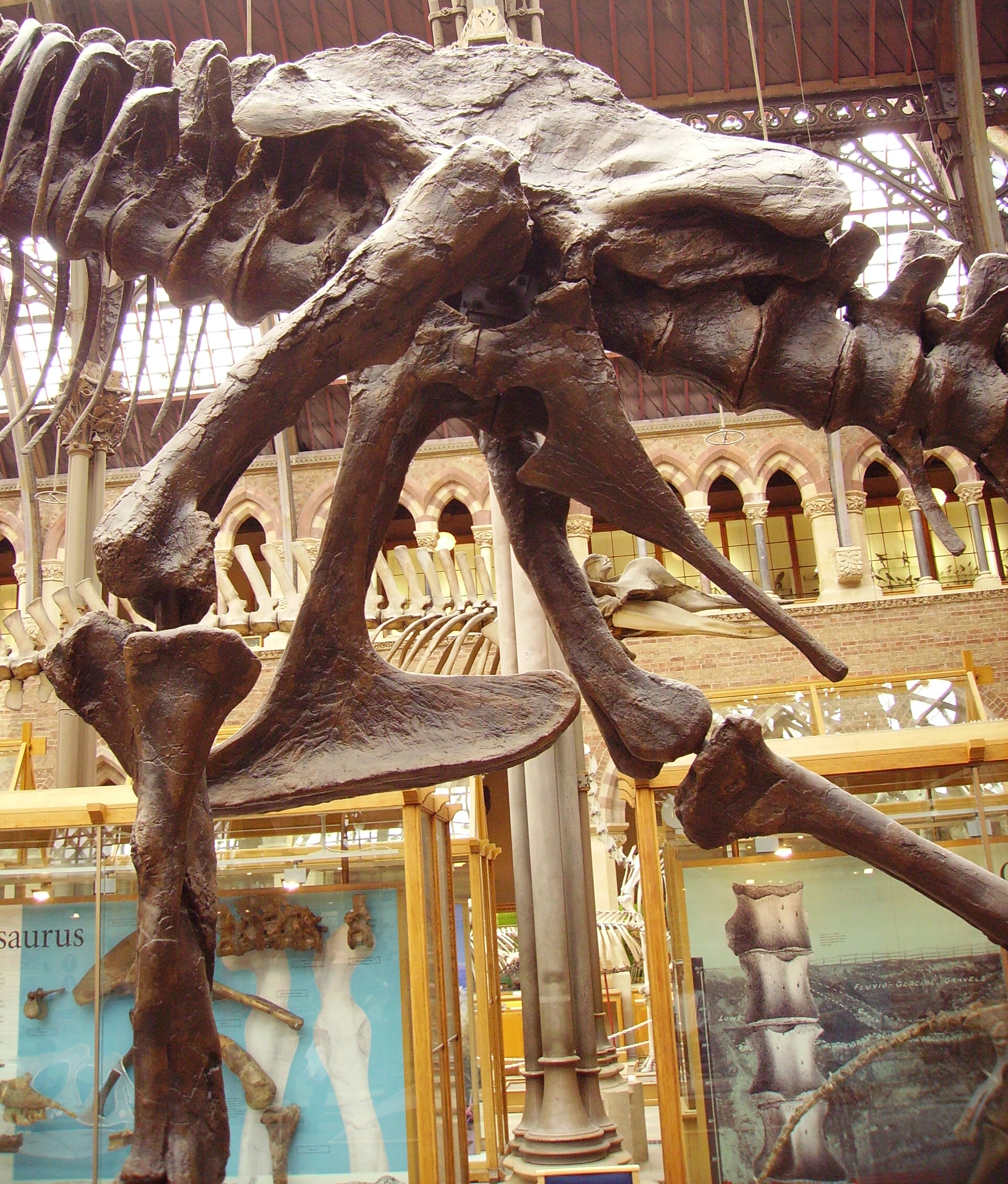
The authors’ new reconstruction of the hip structure showed that Euparkeria had a distinctive bony rim on the pelvis, called a supra-acetabular rim, covering the top of the hip joint. This feature was previously known only from later archosaurs on the line to crocodiles and often was used to infer a more erect posture for these animals; reversed in crocodiles as they became more amphibious. The hooded rim allowed the pelvis to cover the top of the thigh bone and support the body with the limbs in a columnar arrangement; hence this type of joint is called ‘pillar-erect’.
The computer simulations suggested that while the thigh bone could have been held in an erect posture, the foot could not have been placed steadily on the ground due to the way the foot rotates around the ankle joint, implying a more sprawling posture. However, the bony rim covering the hip joint restricted the movement of the thigh bone in a way that is unknown in any living animal capable of a more sprawling gait, hinting at a more upright posture.
The Bird Connection – Living Dinosaurs
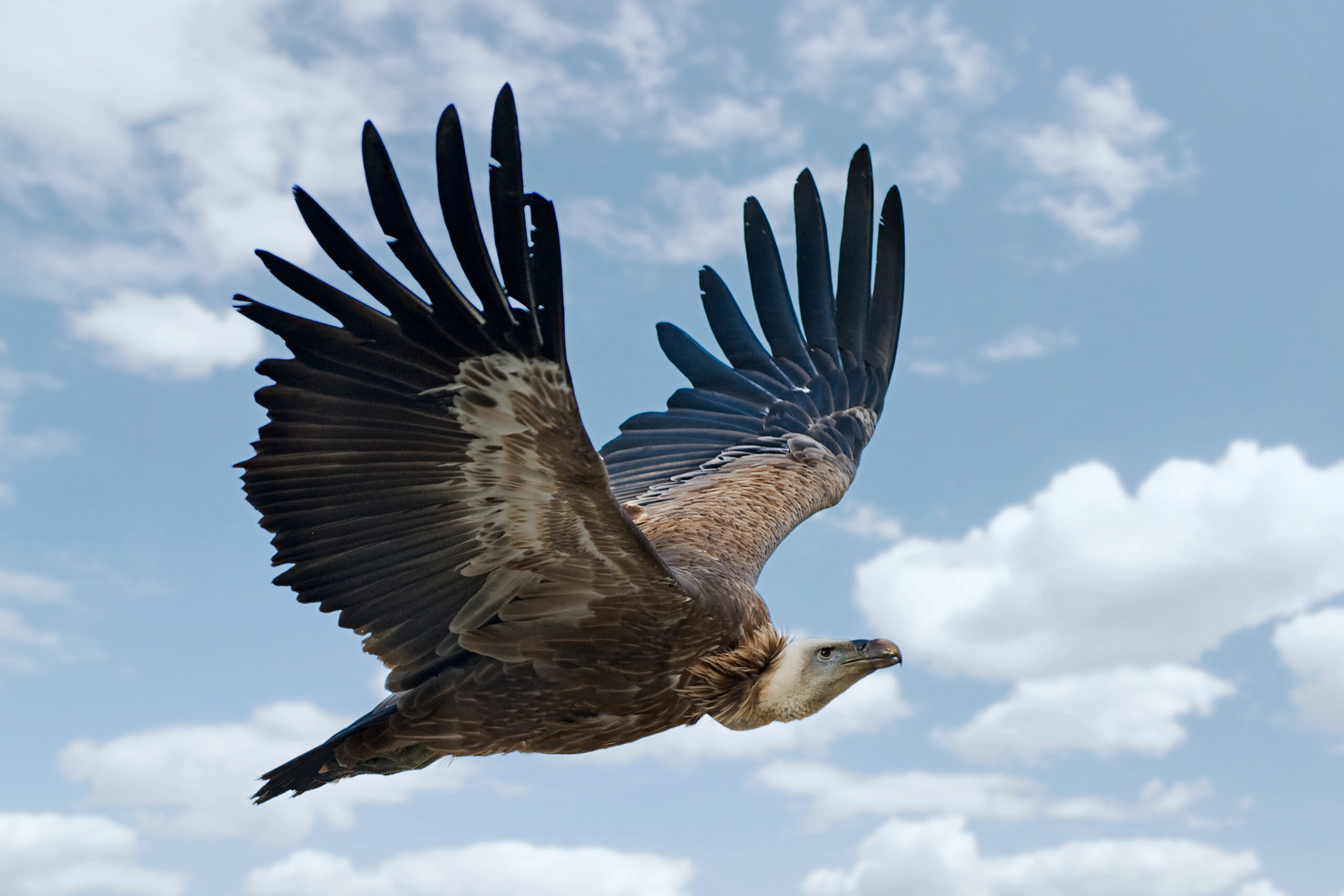
The fossil record shows that birds are feathered dinosaurs, having evolved from earlier theropods during the Late Jurassic epoch, and are the only dinosaur lineage known to have survived the Cretaceous–Paleogene extinction event approximately 66 mya. Dinosaurs can therefore be divided into avian dinosaurs – birds – and the extinct non-avian dinosaurs, which are all dinosaurs other than birds.
The findings identify that movement in birds and their non-avian dinosaur ancestors differs significantly, consistent with the idea that the locomotion of early dinosaurs was more comparable to mammals like humans than to birds. This surprising revelation shows that the evolutionary path from dinosaurs to birds involved significant changes in movement patterns.
The discovery of feathered dinosaurs beginning in the 1990s further reinforced their connection to birds rather than modern reptiles. With this evolutionary relationship clarified, the biomechanics of birds became more relevant to understanding dinosaur posture than those of lizards or crocodiles.
Resting Myths – How Dinosaurs Slept
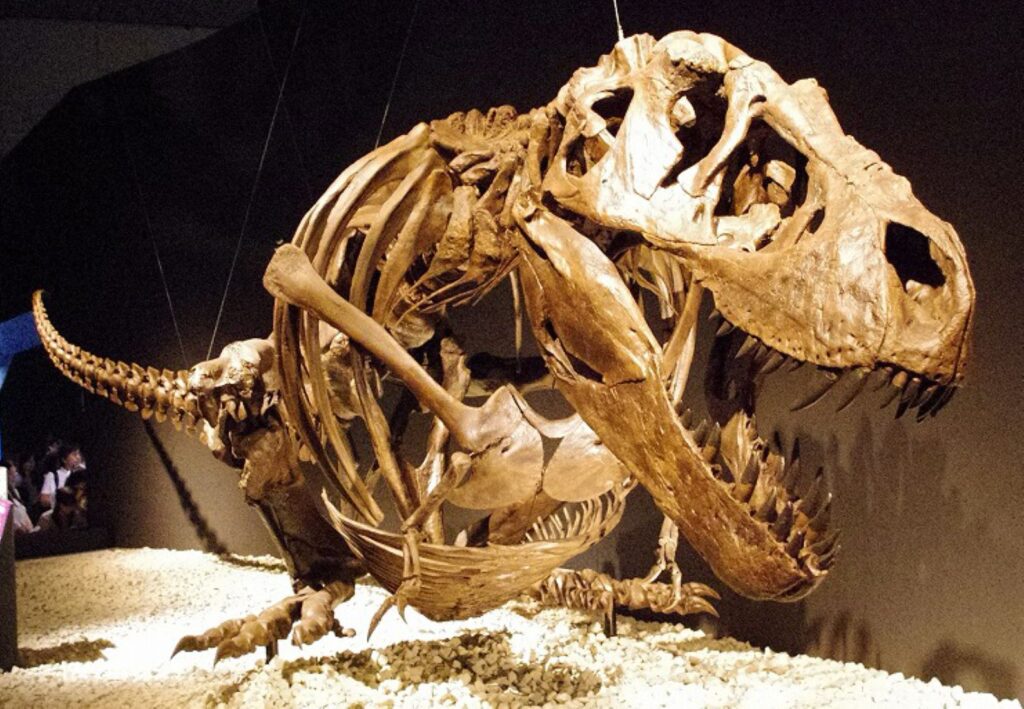
Here we describe a well-preserved theropod trackway in a Lower Jurassic (∼198 million-year-old) lacustrine beach sandstone in the Whitmore Point Member of the Moenave Formation in southwestern Utah. The trackway consists of prints of typical morphology, intermittent tail drags and, unusually, traces made by the animal resting on the substrate in a posture very similar to modern birds. The resting trace includes symmetrical pes impressions and well-defined impressions made by both hands, the tail, and the ischial callosity.
These also consistently show dinosaurs resting on their bellies in crouched postures, legs folded up either side of their bodies in a very avian manner. Even in death, these ancient creatures maintained bird-like positions that reveal intimate details about their daily lives.
The discovery of these resting traces provides rare glimpses into the private moments of dinosaur life, showing that they adopted poses remarkably similar to their modern bird descendants when taking breaks from their daily activities.
Speed and Agility – Athletic Ancients

Biomechanics has made large contributions to dinosaur biology. It has enabled us to estimate both the speeds at which dinosaurs generally moved and the maximum speeds of which they may have been capable. Through careful analysis of bone structure, trackways, and computer modeling, scientists have revealed that dinosaurs were capable of impressive athletic feats.
By examining these footprints, scientists can estimate the speeds and stride lengths of different dinosaur species. Some trackways suggest that certain dinosaurs could achieve remarkable running speeds, challenging the old image of plodding, slow-moving giants.
The biomechanics and physiology of dinosaurs can provide clues about their movement, such as jumping. Current fossil evidence, biomechanical models, and comparisons to extant animals provide clues, teasing out secrets from the ancient past. The combination of multiple research approaches is revealing dinosaurs as surprisingly athletic creatures.
Beyond the Myths – What Science Really Shows
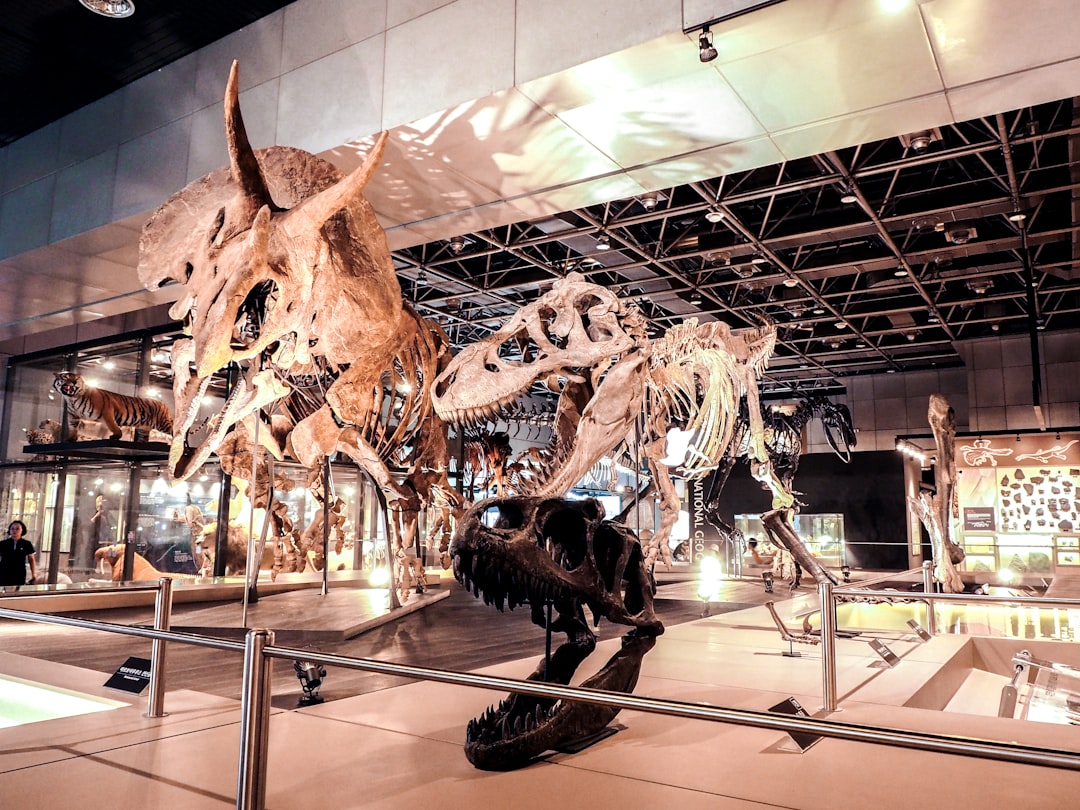
Three conclusions may be drawn from this short review. First, application of (generally simple) mechanics has added substantially to our understanding of many aspects of dinosaur biology. The methodical application of physics and engineering principles has systematically dismantled many popular myths about dinosaur movement and behavior.
Early classics of dinosaur literature such as The Land That Time Forgot or The Lost World juxtaposed the people of their day with dinosaurs-according-to-the-paleontology-of-their-day, but as the paleontology of our own genus started to kick into high gear with discoveries such as Java Man and the hoax Piltdown Man, authors began to concoct and inject the stereotypical caveman inspired by these findings into dinosaur stories instead. In reality, tens of millions of years separate the dinosaurs (at least the classic concept of them which excludes birds–more on that later) and humankind.
The persistent myths about dinosaurs living alongside humans, their sluggish nature, and their primitive behaviors have all been systematically debunked through careful scientific investigation. Modern paleontology reveals creatures that were sophisticated, dynamic, and remarkably well-adapted to their environments.
Conclusion
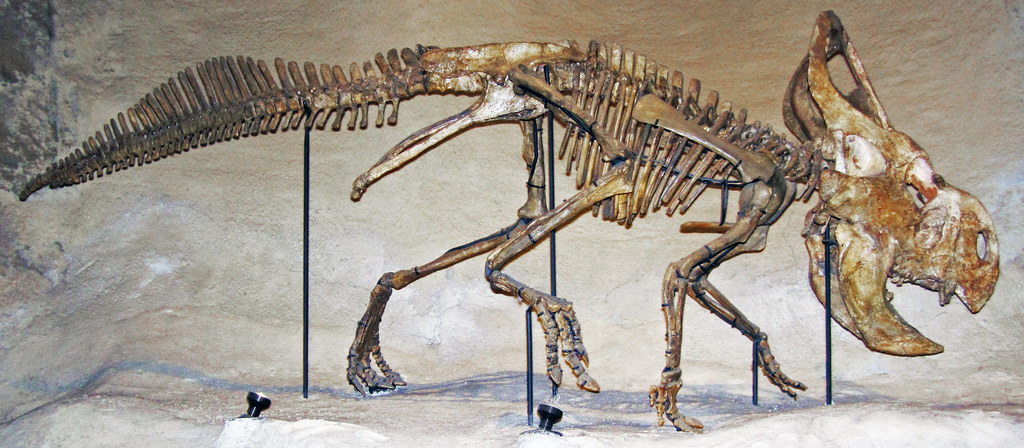
The limbs of dinosaurs tell a remarkable story that challenges nearly every popular myth about these ancient creatures. From the revolutionary discovery that tails were held high for balance rather than dragged behind, to the sophisticated muscle systems that powered athletic movement, to the bird-like resting postures preserved in stone – every fossil bone provides new insights that overturn old assumptions.
By investigating the biomechanics of dinosaur movement, scientists have been able to unravel the fascinating story of how these ancient creatures moved, adapted, and evolved. The field of dinosaur biomechanics continues to evolve, with ongoing research expanding our knowledge of these prehistoric creatures.
Modern technology has transformed our ability to peer into the past, revealing dinosaurs not as the sluggish, primitive monsters of popular imagination, but as dynamic, sophisticated creatures that dominated Earth for over 160 million years. Their limbs, from the massive legs that carried sauropods to the delicate fingers that evolved into bird wings, continue to surprise scientists and challenge our understanding of ancient life.
What other secrets might these ancient bones still be hiding?

